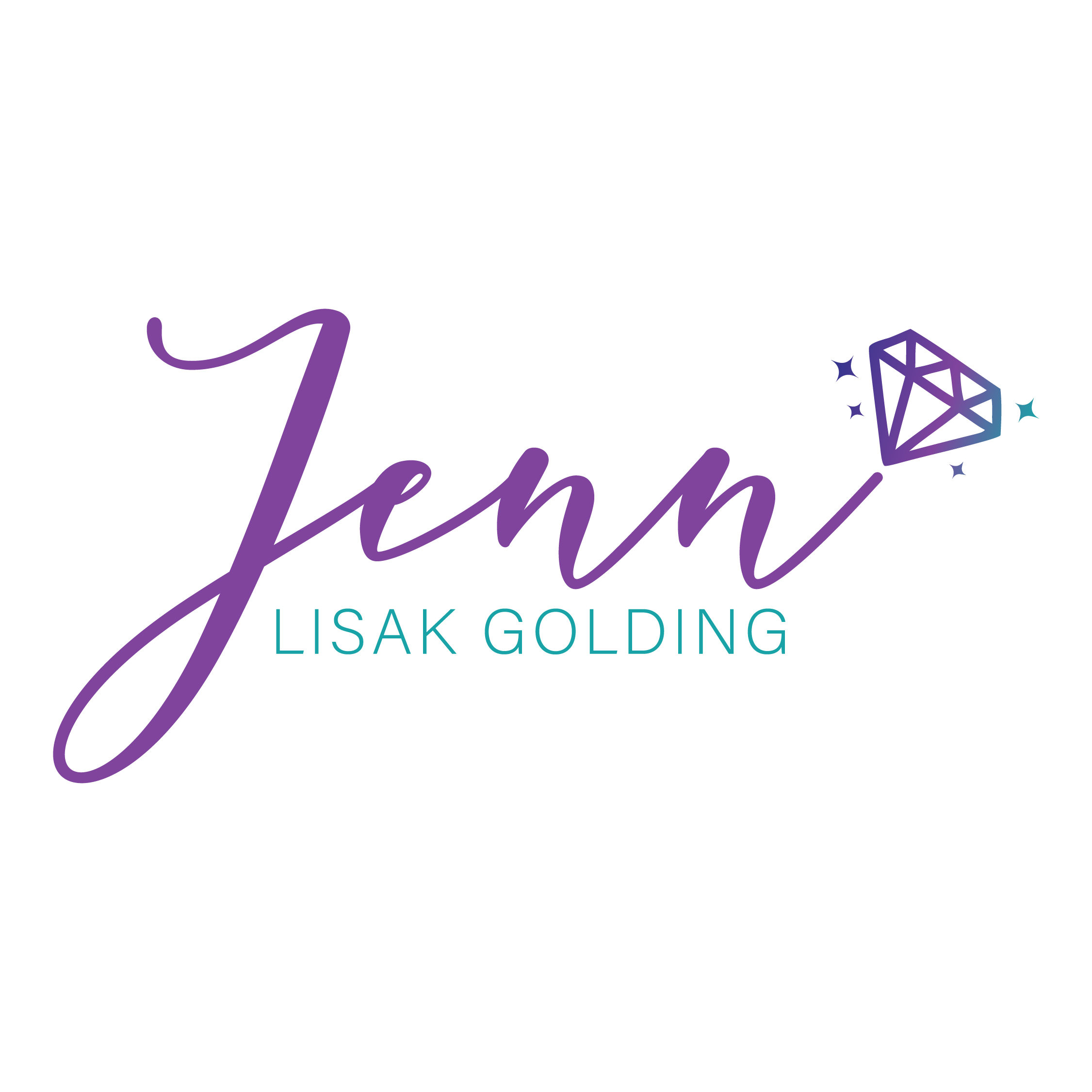Did you know that the history of logos dates back centuries to family crests and hieroglyphics? Today, logos are all around us. Unless you’re reading this from off the grid, you could probably find at least five logos wherever you are right now.
In short, a logo is used to identify your brand in seconds. It’s a stand-alone design that visually communicates your brand and alludes to what your company does. As a vital part of your brand identity, your logo must be carefully considered to be effective and impactful.
Creating your brand’s logo isn’t as simple as it seems. A phenomenal logo could be the difference in attracting a customer’s business or fading into the background. So, in a world full of logos, how does one stand out?
Represent Your Brand
Perhaps surprising to some, a logo has as much to do with words as it does with colors and images. Information that might normally be associated with messaging and product marketing is just as important to lay the foundation of an effective logo. Our Graphic Design Lead & Manager, Kylie, asks clients seeking a logo to provide words that they feel describe their brand. Here are some other things that are important to keep in mind when designing a logo:
- What distinguishes you from other companies in your field?
- What positive emotions are associated with your brand?
- What words would you never want someone to use to describe your brand?
Diving into your brand on a deeper level will help you uncover its uniqueness, set you apart from competing companies, and establish a robust logo.
Clarity
A logo must be digestible. What does this mean? Your logo should be understood at first glance. This includes all elements, text, graphics, etc. Choosing a legible font is imperative because if your audience doesn’t know what your logo says, it becomes useless.
This obviously applies to textual-based logos; however, even image logos must be easy to “read.” If a logo includes an eagle, your audience must be able to identify it as such. The worst thing a logo could do is confuse your current and prospective customers.










Keep It Simple
A logo needs to be memorable. It should be understood and easily recalled. Complicated designs or maximalist text can bog down the actual logo itself. It should represent the essence of your brand, not every feature of your products and services.
Your logo should never look crowded. Let it speak for itself rather than force-feeding meaning. People are good at making connections and filling in the gaps, so use that to your advantage. However, associations are often based on culture, so if you plan on doing business with those in other countries or cultures, consider what assumptions you hold and how they could differ from your intended audience.
Color Theory
Color theory influences logo creation quite a bit because certain colors evoke different feelings. Have you noticed how much red shows up in fast-food marketing and branding? Or the number of fashion brands using black in their logos? The colors you choose become associated with your company, so make sure they match its ‘vibe.’
When choosing colors for a branded logo, check out some of your competitors and note any regularly used colors in your industry. Choose colors that make your brand stand out. For example, software development organizations often use blue, so you might choose a warm color.
“Creating color palettes is one of my favorite aspects of client branding,” says Kylie. “I try to have a solid idea of the color palette before creating a logo but that isn’t always possible in our line work and often logos begin in black and white. There are some fabulous and fun tools for color palette creation in the Adobe suite. One of my favorite color palette tools to use is Coolors.co.”

Versatile
Your logo becomes an integral part of your brand identity. Therefore, your logo will be a part of the products you sell, any merchandise created, or the physical store of your business. Think through where your logo will show up and the implications of using certain elements before its creation. Will it need to be printed? Will it ever show up on a clothing item? A solid design should be configured for digital and print in every scale and shape.
Another thing to consider for printed designs such as hats or shirts is that the more colors you use in the design, the more expensive it can be. This is because all the colors need to be separated and applied as different layers, with the price increasing for each pass of color.
A logo should be intentional. A well-versed designer will understand your brand and create a deliberate, effective logo using each element of design with thought. Paying attention to detail is extremely important when crafting your logo.
Brand identity plays a large role in how your company communicates with its audience. It’s important to make sure your logo represents your brand and works together with all other aspects of your brand identity.
Through Sapphire Strategy’s Marketing Lifecycle Model and brand creation, we can help your company build cohesive branding and messaging. Whether you’d like to revamp an old logo, create a standardized brand guide, or start from scratch, we have an amazing design team that can bring your brand to life.
